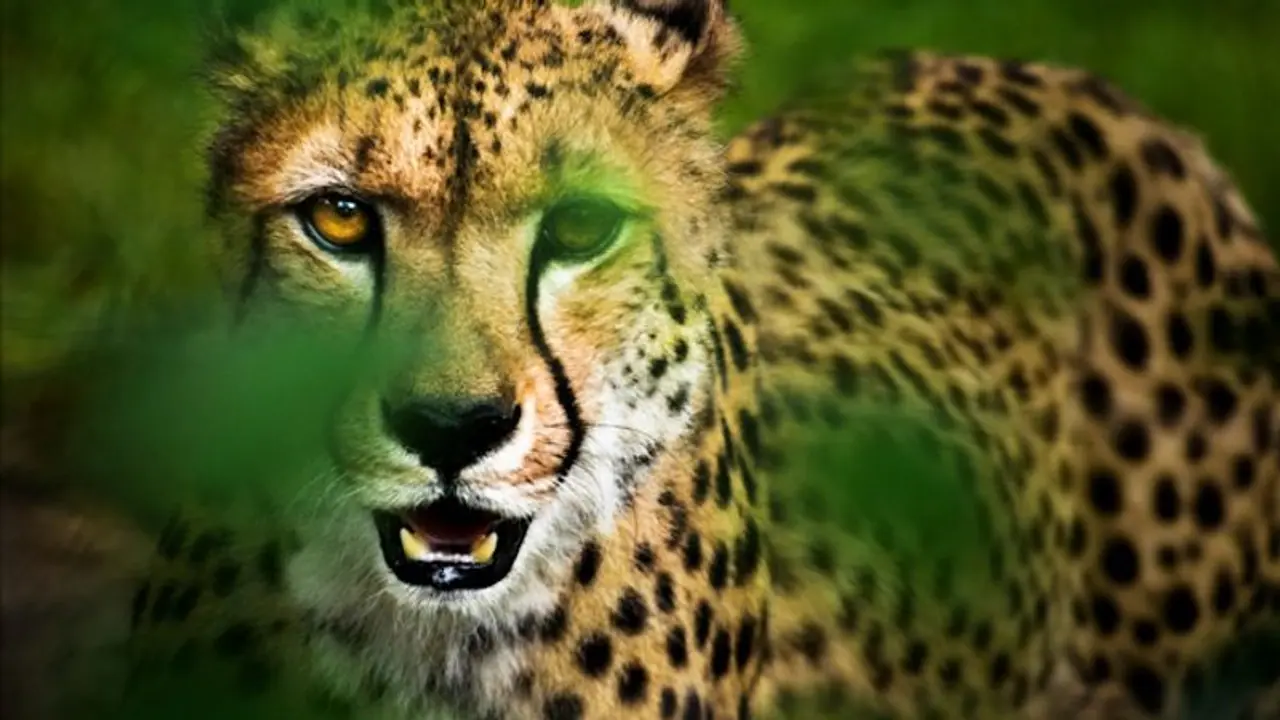The first batch of 12 cheetahs are expected to reach India from South Africa next month as part of an ambitious project to reintroduce the distinctively spotted cat species in the country where it has become extinct.
In a bid to reintroduce cheetahs in India, the first batch of the distinctively spotted cat species is expected to reach the country from South Africa next month. According to officials, the batch will comprise 12 cheetahs.

A team of wildlife experts from South Africa returned to their country on Friday from India, where they inspected the holding facility where the cheetahs will be released.
Nine cheetahs have been quarantined at the Rooiberg Veterinary Services run by wildlife veterinarian Dr Andy Fraser in Limpopo province, while the other three were quarantined at Phinda game reserve in KwaZulu-Natal province, officials said.
Also read: Why South African and Namibian cheetahs coming to India is risky
Fraser and Prof. Adrian Tordiffe, a cheetah expert from South Africa, would accompany the cheetahs when they travelled to India next month.
The relocation of eight cheetahs from neighbouring Namibia to India is anticipated to take place next week, and it will be followed by the translocation of cheetahs from South Africa at a yet-to-be-determined date in October.
"There has been a massive collaboration between the nature conservation departments and the veterinarians of South Africa and India. We have had visits from the team that is going to be the custodians of the cheetah on that end, so they are very aware of the process and what is required," Fraser said.
The veterinarian agreed with prior remarks made by Vincent van der Merwe, the leader of the Cheetah Metapopulation Project, who stated that for the Indian cheetah population to be genetically viable, it would need to achieve a population of roughly 500.
"Sending 20 cheetahs, which is what will happen in 2022, is not a viable genetic population. They need to get to a large enough population, which will be a conjunction of initially many South African cheetahs and obviously other cheetahs will breed up from the Indian side as well," he added.
"Cheetahs can breed quite rapidly under good conditions, but in the reserves that they are going to in India, there are very low tiger populations but very high levels of leopard populations. With such interspecies competition, you will definitely have some of the cubs that are born in India being killed by competing predators. So, how well they settle there, and how intense or severe the predator pressure is, will determine how quickly they will breed," he said.
Fraser said that although South Africa had relocated cheetahs to other nations, this is the first time the cats are going to India, where the species went extinct in the early 1950s.
"The last confirmed sighting was in 1953, but Prof Jhala from the Wildlife Institute of India seems to be under the impression that there might be anecdotal reports of cheetahs in India until 1970," he said.
The cheetahs will be fully awake in their transport crates during the flight but will be tranquilised to keep them calm.
"We immobilise them with a combination of chemicals with a dart gun to anaesthetise them; relocate them into their crates; do the work that we need to do on them, and scan their microchips. Government officials will check if their microchip numbers are correct because there are disease testing and vaccination protocols required by India that have to match the microchip number of the cheetah itself," Fraser said.
"They are then loaded into the crates and are administered reversal drugs once their processing is complete. They will be awake before they leave Rooiberg," he added.
Before releasing the cheetahs into the reserve, which will be their final resting place, the Indian crew would release them from their boxes into a holding facility where they could be observed for health issues and checked to make sure they were hunting once more.
Also read: World Wildlife Day: 10 must-visit national parks of India
(With inputs from PTI)
